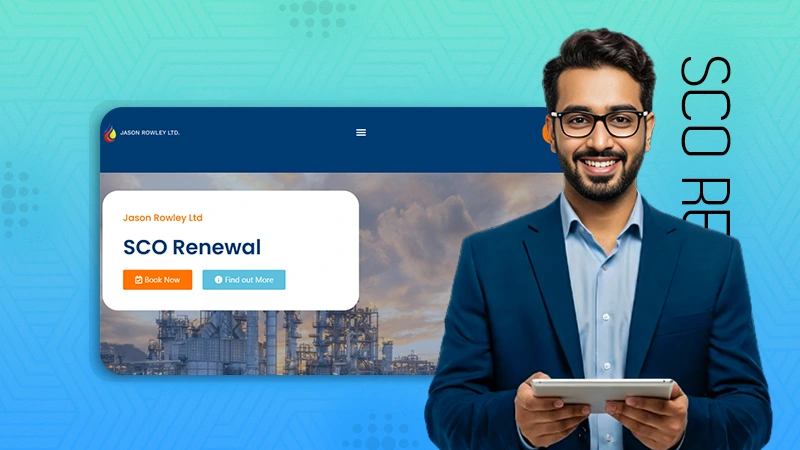How Long is the Treatment for Invisalign?
The length of Invisalign treatment will vary depending on the severity of your case. However, most people complete their treatment within 12-18 months. Your Invisalign provider may recommend a more extended treatment plan if you have extensive orthodontic needs. If looking for exceptional Invisalign treatment options, Allure Dental offers expert care.
Invisalign treatment consists of wearing a series of clear aligners for about two weeks at a time. You will need to wear your aligners for at least 22 hours per day to achieve the best results. You will likely see some changes in your teeth during treatment, but these will be gradual and subtle.
As your treatment progresses, your dentist will issue a series of two trays that you’ll wear on top and bottom teeth. Whether you are a teen or adult, you can find a befitting pair of Invisalign for your teeth. The pair is a functional and effective alternative to traditional wired braces. They also offer a fully discrete treatment option, given their ultra-clear nature.
Factors Affecting How Long You’ll Wear Your Invisalign
While most patients may start seeing results in a few weeks of treatment, others may wait longer. For example, adults may have to wear their Invisalign longer than teenagers. But most noticeably, each person has a unique condition (or smile goal), making the whole difference. Here are a few factors that will affect how long you wear your Invisalign alignment.
Age
Invisalign treatment works well for both teenagers and adults, but the duration it takes to correct their problems varies. Your age can slow or quicken the alignment. Since teens’ teeth are still growing, they respond quicker and easier to Invisalign.
Some people’s teeth might still respond better to Invisalign than others, regardless of age. For example, some older adults can get faster results than their younger siblings—although their treatment compliance might also alter results. That gives age a limited impact on the treatment duration.
Also, Read This: Alternative Treatment Methods for Nerve Pain
Compliance
Invisalign treatments are removable, often to facilitate mealtimes and teeth care. However, when you remove your Invisalign more often than your doctor prescribes, you risk extending your treatment plan by a significant amount of time.
The ideal duration for orthodontics treatment is 22 hours a day. Keeping them out longer or more frequently creates setbacks to your treatment. Your doctor may even reinforce compliance by using compliance indicators, a series of blue dots on your aligners (invisible when aligners are in place) that fade with time depending on whether or not you use your aligners. After an interval, your orthodontist will check if these dots have faded or are still visible and advise accordingly.
Gaps in Teeth
Invisalign can help remove unwanted spacing or close gaps in teeth. But as far as gapped teeth go, the duration of treatment depends. Invisalign can take 3 to 18 months to fully close gaps in teeth. That’s because patients are different, and their orthodontic complexities vary. For instance, your treatment may take approximately three and half months for a 2.0 mm teeth gap. Your orthodontist might also recommend aligners for each tooth. That’s because the whole set of teeth has to move over a short distance to prevent gaps from appearing in the back teeth.
For significant gaps like 6mm, your treatment can take 24 months to complete. Anything beyond 6mm makes Invisalign less effective. In that case, your orthodontist might recommend other alternative treatments like traditional braces.
Crowded Teeth
Crowded teeth mean that your jaw can hardly accommodate your teeth because of limited spacing. It also means your jaw and teeth size have failed to harmonize. In that case, some of your teeth can be misplaced or get twisted.
When used to correct crowded teeth, Invisalign offers fast, pain-free, and practical solutions. They can take up to 12 months to treat crowded teeth for an average patient. But this duration can extend depending on severity. While almost all crowded teeth respond well to Invisalign treatment, it might fail to work in severe cases.
Complexity
Your situation complexity is an essential factor in determining how long the treatment for Invisalign will take. Mild or moderate smile issues and ones related to tooth position take shorter to correct than severe cases or cases involving the jaw.
How Well You Care For Your Invisalign
If you constantly break or lose your braces, you reduce their effectiveness, increasing the time needed for them to work. Your orthodontist will suggest best practices you may observe for better functioning aligners.














